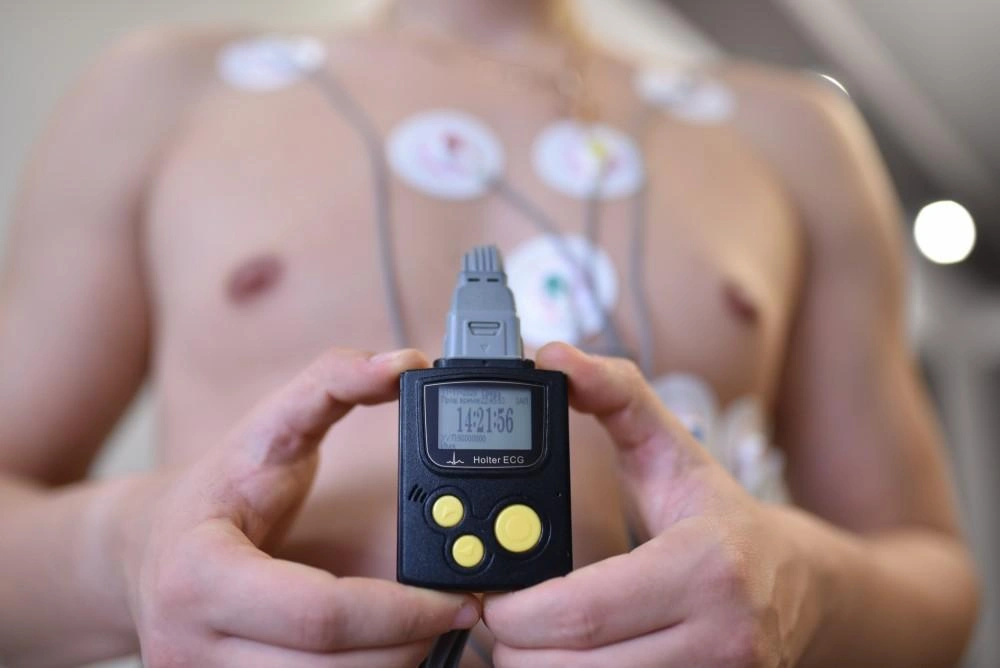occurs in people over age 65.
The symptoms of bradycardia can be very subtle, so subtle that the condition often goes undiagnosed until it’s picked up on an electrocardiogram (EKG). Knowing what signs to look for can lead you to get treatment as early as possible, before serious complications occur.
Phoenix Heart, PLLC, is a leading provider of bradycardia treatment for patients in Glendale, Avondale, Scottsdale, Anthem, Avondale, Laveen Village, and Black Canyon City, Arizona. Take a moment as our team reviews eight bradycardia symptoms you should know about to help keep your heart healthy.
1. Fatigue
When your heartbeat is slow, your organs don’t receive the oxygen and nutrients they need to support normal function. As a result, it’s common to feel tired and fatigued, with overall low energy.
2. Dizziness
Decreased blood flow results in low oxygen to your brain, too. You might feel dizzy or lightheaded, especially when bending over or changing positions.
3. Fainting
Less oxygen to your brain also increases the risk of fainting (also called syncope) or feelings that you’re about to faint.
4. Weakness
Your muscles depend on a steady supply of oxygen-rich blood, too. If you feel weaker than usual or if you suddenly feel weak, it could be a sign of bradycardia.
5. Chest pain
Sometimes, a slow heartbeat happens because the heart is struggling to pump blood. If that’s the case, or if your heart muscle is getting too little blood, you can wind up with chest pain (angina) or chest discomfort.
6. Confusion or memory problems
When blood flow to the brain decreases, it can have an impact on brain function and cognition. Some people with bradycardia experience confusion or difficulty with reasoning or memory.
7. Shortness of breath
A reduced heart rate means your heart is pumping out less blood to your lungs and other tissues, increasing the amount of energy you need for even simple activities. This effect can lead to shortness of breath, also called dyspnea.
8. Cold or pale skin
Finally, decreased circulation means your skin receives less blood. Over time, this can lead to skin that feels cooler than normal or that appears pale or even bluish. You may also experience tingling or numbness in your extremities.
Treating bradycardia
Bradycardia can develop for a variety of reasons, including:
- Infections
- Electrolyte imbalances
- Certain eating disorders
- Inflammation
- Medication
- Lyme disease
- Sleep apnea
- Problems with the heart’s electrical system
- Heart surgery
- Radiation therapy
Before prescribing a treatment, our team performs a comprehensive examination, including an EKG and, sometimes, a stress test or a Holter monitor. We may order lab tests, too.
Once we determine the underlying cause of bradycardia, we can prescribe therapies to correct your heartbeat and relieve your symptoms. Those treatments may include medications, pacemakers, or other therapies.
Depending on what’s causing your symptoms, you may need additional therapies to treat underlying issues (like antibiotics for an infection, for instance). When needed, we can refer you to other medical specialists for evaluation and treatment.
Help for heart issues
It’s important to note that while bradycardia can cause all of these symptoms, other medical problems — like heart attacks — cause similar issues, too. If you have any of these symptoms, it’s essential to have them evaluated right away.
To learn more about bradycardia and how we can help you improve your heart health, request an appointment online or over the phone with the team at Phoenix Heart, PLLC, today.


